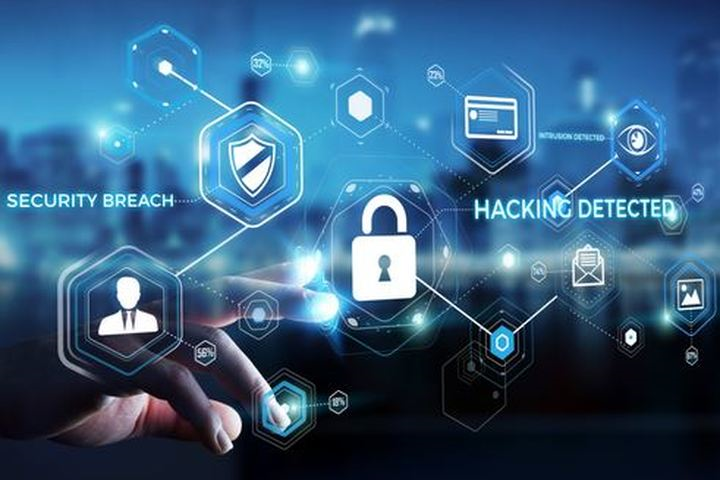Cybercrime masterminds also have a technological skill equal to their counterparts in information security! It has contributed to an ever-evolving cybercrime environment which is continually outsmarting existing cyber security technologies.
Latest Cyber Security Technologies to adopted
Cyber warfare continues to gain heat with newer technologies available to break into systems and networks. There have been many cases of attack on critical infrastructures such as healthcare, water systems, and power grids. On a smaller scale, there has been a spurt in ransomware and malware attacks on enterprise networks.
Man creates technology, and it is the man who can get the better of this technology. Thus, no cyber security mechanism is foolproof and can ever be. The wise choice is to constantly identify and adopt emerging technologies to fortify cyber security. Here’s a list of the top advanced cyber security technologies on the charts.
1. Artificial Intelligence & Deep Learning
Artificial Intelligence is quite a buzzword these days. Ever wondered how one can apply AI to cyber security? Well, the application is in a way similar to the working of two-factor authentication.
Two-factor authentication works by confirming a user’s identity based on 2-3 different parameters. The parameters being, something they know, are and have. Add to that additional layers of information and authentication, and that is where AI comes into the picture. Deep learning is being used to analyze data such as logs, transaction and real-time communications to detect threats or unwarranted activities.
2. Behavioral Analytics
With the whole Facebook Data Breach fray, one is well aware of the use of data mining for behavior analysis. This technique is widely to target social media and online advertisements to the right set of audience. Interestingly, behavior analytics is being increasingly explored to develop advanced cyber security technologies.
Behavioral analytics helps determine patterns on a system and network activities to detect potential and real-time cyber threats. For instance, an abnormal increase in data transmission from a certain user device could indicate a possible cyber security issue. While behavioral analytics is mostly used for networks, its application in systems and user devices has witnessed an upsurge.
3. Embedded Hardware Authentication
A PIN and password are no longer adequate to offer foolproof protection to hardware. Embedded authenticators are emerging technologies to verify a user’s identity.
Intel has initiated a major breakthrough in this domain by introducing Sixth-generation vPro Chips. These powerful user authentication chips are embedded into the hardware itself. Designed to revolutionize ‘authentication security’, these employ multiple levels and methods of authentication working in tandem.
4. Blockchain Cybersecurity
Blockchain cyber security is one of the latest cyber security technologies that’s gaining momentum and recognition. The blockchain technology works on the basis of identification between the two transaction parties. Similarly, blockchain cyber security works on the basis of blockchain technology’s peer-to-peer network fundamentals.
Every member in a blockchain is responsible for verifying the authenticity of the data added. Moreover, blockchains create a near-impenetrable network for hackers and are our best bet at present to safeguard data from a compromise. Therefore, the use of blockchain with Artificial Intelligence can establish a robust verification system to keep potential cyber threats at bay.
5. Zero-Trust Model
As the name itself states, this model of cyber security is based on a consideration that a network is already compromised. By believing that one cannot trust the network, one would obviously have to enhance both ‘internal’ and ‘external’ securities.
The crux here is that both internal and external networks are susceptible to a compromise and need equal protection. It includes identifying business-critical data, mapping the flow of this data, logical and physical segmentation, and policy and control enforcement through automation and constant monitoring.
Source: https://ifflab.org

